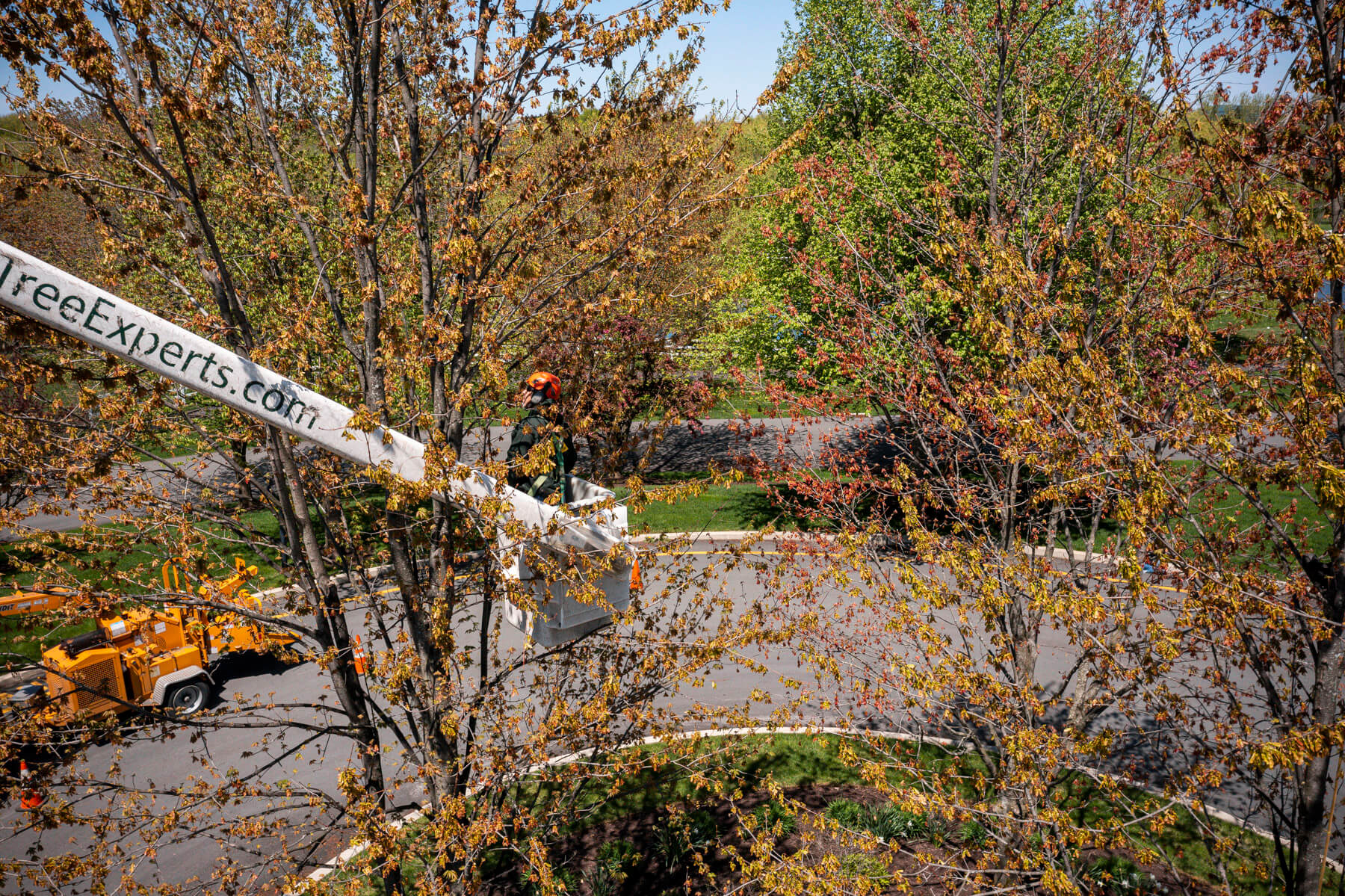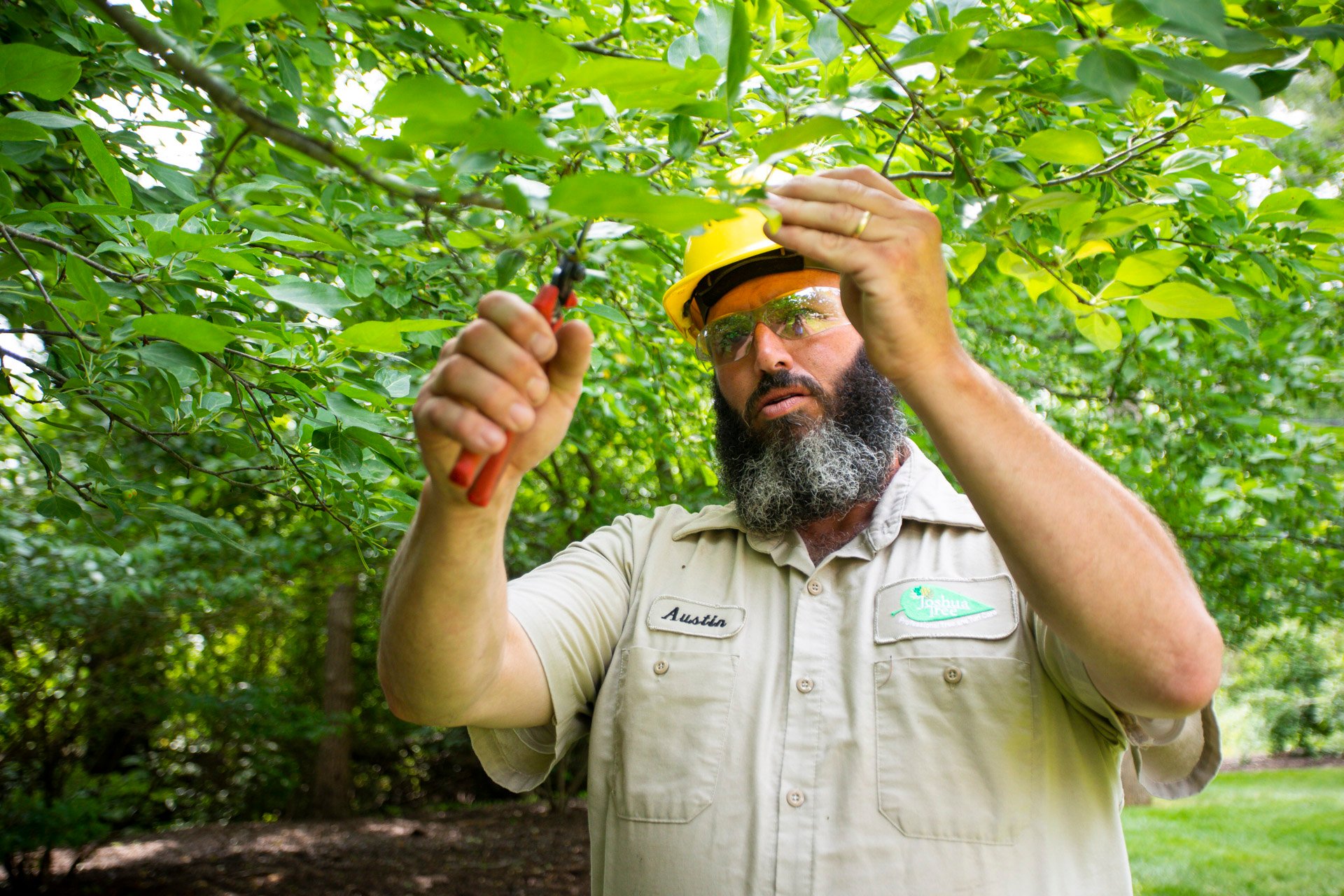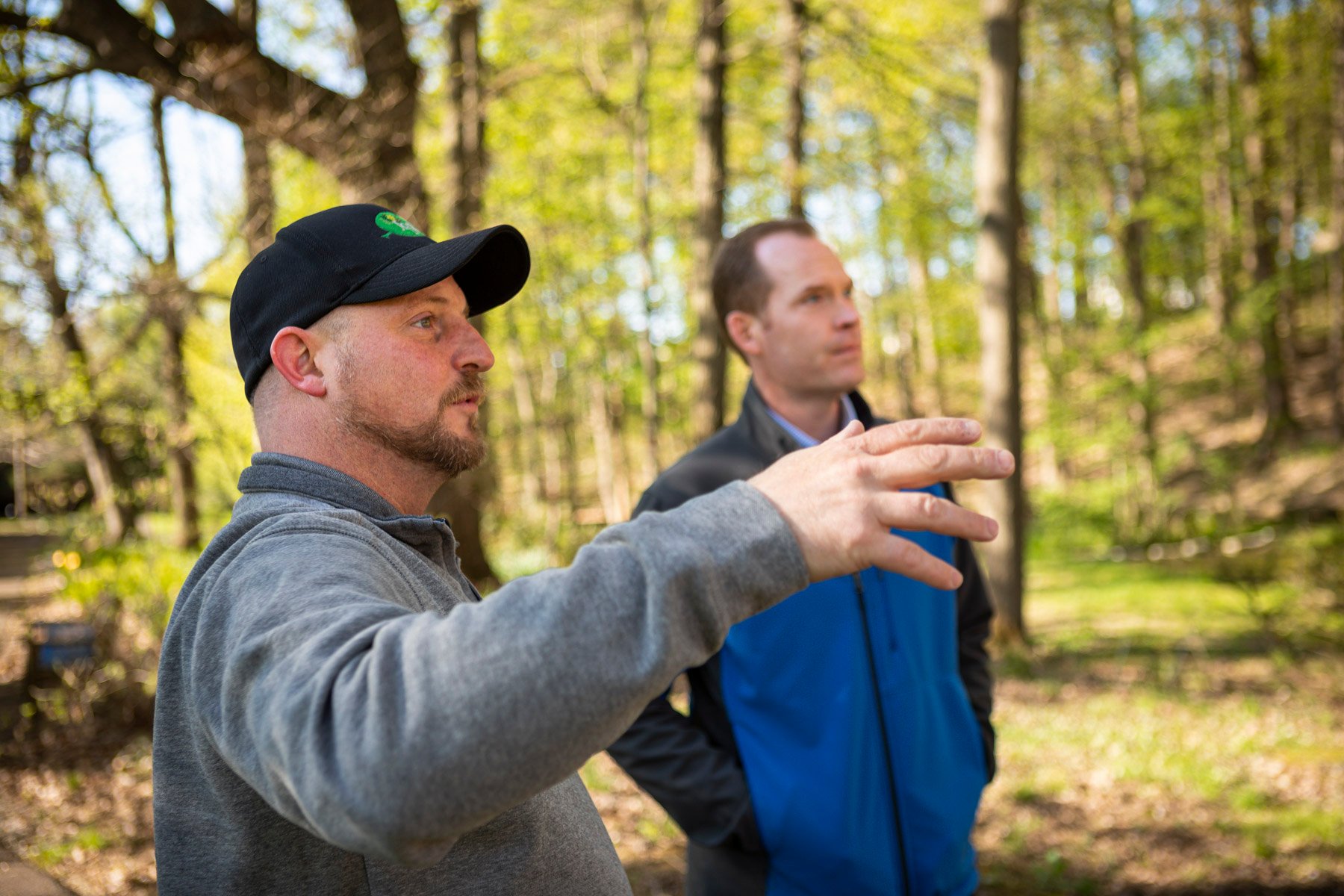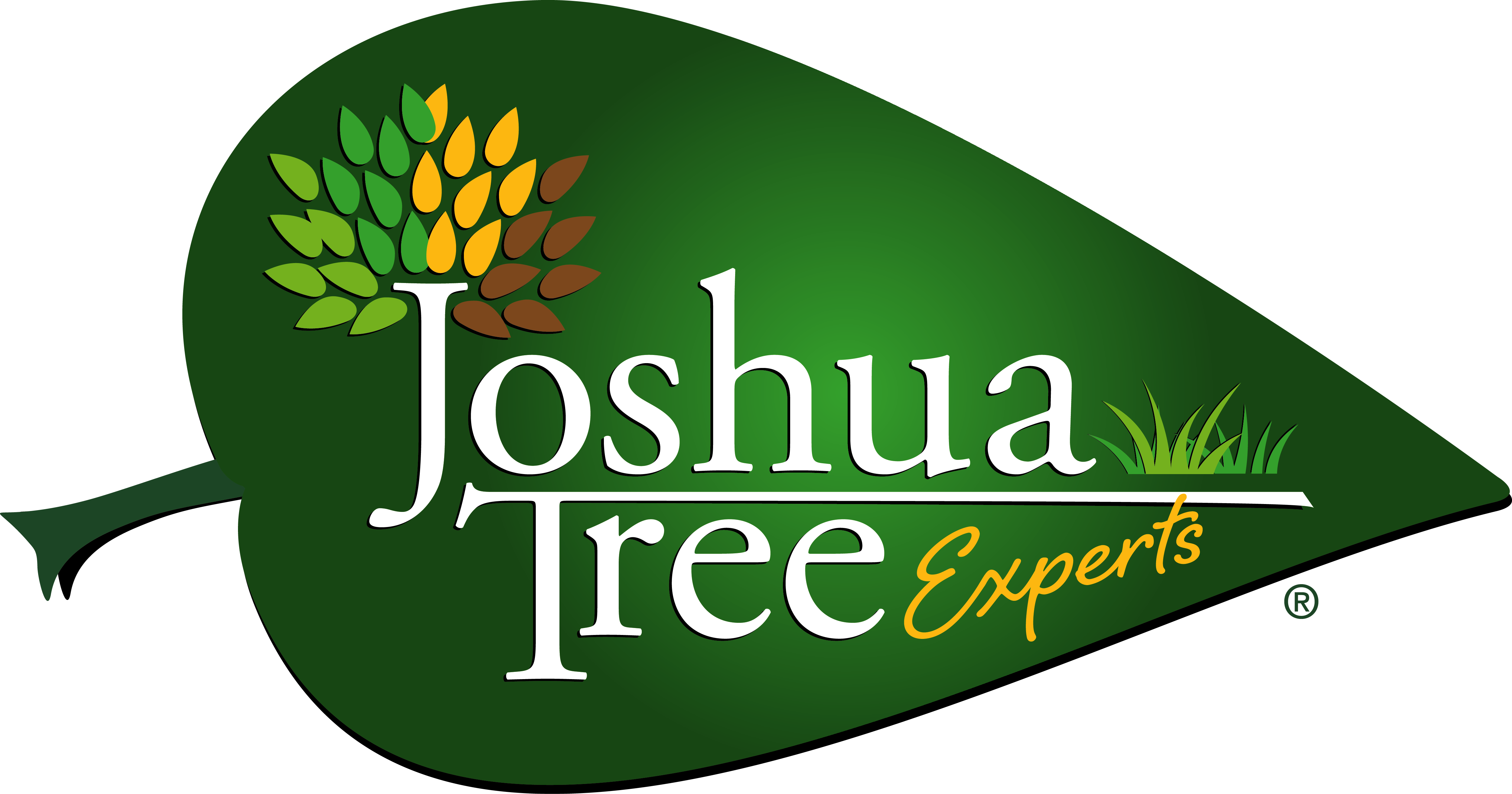The mature trees on your property are a special treasure. Whether it’s an old majestic Oak Tree, a majestic Maple, or some other beauty, these trees have been on your property for decades (possibly before your time there) and are a valuable resource.
Your mature trees (also sometimes referred to as “legacy trees”) likely provide shade, wind screening, aesthetic appeal, and even sentimental value.
But caring for mature trees can be a bit different from caring for young trees. Just like our elderly friends and family might have different needs, there are some important considerations to keep in mind with your older trees.
In this article, we’ll talk about how to care for old trees. The goal is to prolong the life of these mature beauties so that you can get the most possible value for years to come.
5 Tips for Mature Tree Care
Just as we as humans slow down in our older age, your “legacy trees” are at a stage where they are growing slower than they did in their younger years. They also tend to be sensitive to their environment and may not recover as easily as young trees from damage.

These are critical reasons why it’s important to provide proper large tree care.
We’ll cover these four key tips for mature tree care.
- Water properly
- Prune selectively
- Incorporate a mulch ring
- Invest in deep root fertilization
- Keep a watchful eye
By making smart choices for your mature trees, you’ll help preserve their longevity.
1. Water Properly
All trees need water to maintain their health and it’s no different with your mature trees.
The best way to water a tree is to provide a good “soaking.” You are trying to mimic natural rainfall. We recommend soaking the soil to about 12 inches deep, which is considered a “deep watering method.”
It is important that the water reaches down deep to the root zone.
You want to keep water off of tree leaves as this can lead to fungal growth problems. Water droplets on a leaf also act as a magnifying glass when penetrated by the sun and can lead to scorching. When the foliage burns, it can die, which means less photosynthesis. This can leave your tree malnourished.
While water is critical, there is such a thing as too much water. Oversaturated soil can lead to disease and rot. And oversaturated soil can eventually drown the root system.
The signs of over-watering a tree include:
- The soil is always damp or swampy
- Young leaves turn light green or yellow
- Leaves are green but brittle
- Young shoots look wilted
- You see moss, algae, or mushrooms growing around the base of the plant
2. Prune Selectively
When pruning mistakes are made, it can harm a tree of any age. However, mature trees are particularly susceptible to pruning damage since they are slower to recover. This is why it’s so important that mature tree care includes PROPER pruning.

That being said, pruning is a really important service for older trees as it involves removing diseased, decaying, or dead branches from the tree.
When a tree has a struggling limb, it is sending energy to that limb to try and restore it. But removing those struggling branches allows your tree to put its energy into its overall health. As a result, you’ll have stronger, healthier trees.
When talking about pruning mature trees, we would be remiss in failing to mention that tree topping is an outdated and even dangerous practice. Yet, every year we still see tree companies performing this service.
Tree topping is usually implemented when homeowners feel their tree has become too large for their property. Homeowners commonly think this might reduce their risk of the tree falling or becoming a hazard.
Ironically, tree topping actually increases risk because of the tremendous amount of stress that it puts on the tree. It can lead to infestations, decay, and disease.
Plus, it’s downright ugly! The proper way to prune a mature tree that has become too big for its area is using crown reduction.
3. Incorporate a Mulch Ring
Mulch can also have valuable benefits for your mature trees. Mulch helps to insulate tree roots, conserve moisture, and protect the tree trunk from mowers and weedwhackers.
But when caring for mature trees it’s important to mulch properly. Unfortunately, some landscapers pile the mulch up against the tree’s trunk. This improper way of mulching is called a “mulch volcano” and it can lead to problems such as girdling roots.
Instead, the proper way to mulch a tree is like a “donut.” Nothing should be piled against the trunk.
4. Invest in Deep Root Fertilization
Another valuable service for mature trees is deep root fertilization.
Deep root fertilization is a blend of essential nutrients that help to restore soil health. These are some of the elements found naturally in forest soil, which residential landscapes tend to lack.

When this fertilizer is injected into the soil, it makes its way deep down into the tree’s root zone where it is needed. By delivering a high-quality liquid-suspended fertilizer, the product is ultimately distributed throughout the tree in a process called translocation.
Deep root fertilization will help keep your trees healthy. While it is not a “cure-all” for problems, it will make your trees hardier and better able to withstand stress.
5. Keep a Watchful Eye
Our final tip on how to care for old trees is simply to keep a watchful eye.
Your mature trees can be subject to more problems from diseases and pests. Often, catching these issues early can mean stopping them before they cause greater problems.

Of course, we understand that you’re not going to know what to look for. This is why it’s so valuable to partner with a professional tree care company that employs Certified Arborists.
Tree problems are often hard to spot until they are severe. But when you have a Certified Arborist on your property regularly providing services like tree pruning and fertilization, they’ll also be looking for signs of potential issues.
Make a Wise Choice in Tree Care
At the end of the day, much of this boils down to making a wise choice in tree care.
By choosing the best tree care service, you can let go of the worries and know that your trees are going to continue to perform their best because they’re being cared for by a pro.
At Joshua Tree Experts, we are here to help. We know that your mature trees are incredibly valuable to you and we’ll help you with guidance on how to best care for them.
We are here to help answer questions and provide the best services so that you can enjoy your legacy trees for many years to come.
With the right care for your trees, you’ll gain valuable peace of mind. If you’re interested in having your trees inspected and their health assured, contact us for a free consultation or give us a call at 833-JTE-TREE.




